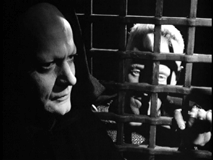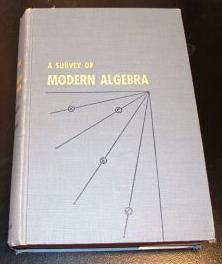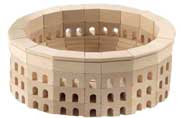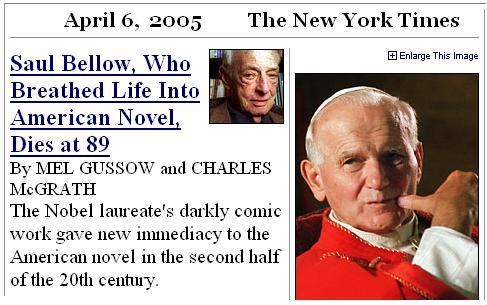Leonardo Day

In memory of Leonardo and of Chen Yifei (previous entry), a link to the Sino-Judaic Institute’s review of Chen’s film “Escape to Shanghai” —

Click on the above for details.
Related material
from Log24.net:
Saturday, December 27, 2003 10:21 PM
Toy
“If little else, the brain is an educational toy. While it may be a frustrating plaything — one whose finer points recede just when you think you are mastering them — it is nonetheless perpetually fascinating, frequently surprising, occasionally rewarding, and it comes already assembled; you don’t have to put it together on Christmas morning.
The problem with possessing such an engaging toy is that other people want to play with it, too. Sometimes they’d rather play with yours than theirs. Or they object if you play with yours in a different manner from the way they play with theirs. The result is, a few games out of a toy department of possibilities are universally and endlessly repeated. If you don’t play some people’s game, they say that you have ‘lost your marbles,’ not recognizing that,

while Chinese checkers is indeed a fine pastime, a person may also play dominoes, chess, strip poker, tiddlywinks, drop-the-soap or Russian roulette with his brain.
One brain game that is widely, if poorly, played is a gimmick called ‘rational thought.’ “
— Tom Robbins, Even Cowgirls Get the Blues
Sol LeWitt
June 12, 1969:
“I took the number twenty-four and there’s twenty-four ways of expressing the numbers one, two, three, four. And I assigned one kind of line to one, one to two, one to three, and one to four. One was a vertical line, two was a horizontal line, three was diagonal left to right, and four was diagonal right to left. These are the basic kind of directions that lines can take…. the absolute ways that lines can be drawn. And I drew these things as parallel lines very close to one another in boxes. And then there was a system of changing them so that within twenty-four pages there were different arrangements of actually sixteen squares, four sets of four. Everything was based on four. So this was kind of a… more of a… less of a rational… I mean, it gets into the whole idea of methodology.”
Yes, it does.
See Art Wars, Poetry’s Bones, and Time Fold.
Friday, December 26, 2003 7:59 PM
ART WARS, St. Stephen’s Day:
The Magdalene Code
Got The Da Vinci Code for Xmas.
From page 262:
When Langdon had first seen The Little Mermaid, he had actually gasped aloud when he noticed that the painting in Ariel’s underwater home was none other than seventeenth-century artist Georges de la Tour’s The Penitent Magdalene — a famous homage to the banished Mary Magdalene — fitting decor considering the movie turned out to be a ninety-minute collage of blatant symbolic references to the lost sanctity of Isis, Eve, Pisces the fish goddess, and, repeatedly, Mary Magdalene.
Related Log24 material —
December 21, 2002:

A Maiden’s Prayer
The Da Vinci Code, pages 445-446:
“The blade and chalice?” Marie asked. “What exactly do they look like?”
Langdon sensed she was toying with him, but he played along, quickly describing the symbols.
A look of vague recollection crossed her face. “Ah, yes, of course. The blade represents all that is masculine. I believe it is drawn like this, no?” Using her index finger, she traced a shape on her palm.

“Yes,” Langdon said. Marie had drawn the less common “closed” form of the blade, although Langdon had seen the symbol portrayed both ways.
“And the inverse,” she said, drawing again upon her palm, “is the chalice, which represents the feminine.”

“Correct,” Langdon said….
… Marie turned on the lights and pointed….
“There you are, Mr. Langdon. The blade and chalice.”….
“But that’s the Star of Dav–“
Langdon stopped short, mute with amazement as it dawned on him.

The blade and chalice.
Fused as one.
The Star of David… the perfect union of male and female… Solomon’s Seal… marking the Holy of Holies, where the male and female deities — Yahweh and Shekinah — were thought to dwell.
Related Log24 material —


































 The Coliseum Builder Block System can be used to recreate the Roman Coliseum. Reenact ancient Gladiator matches and bring Ancient Rome into your home.
The Coliseum Builder Block System can be used to recreate the Roman Coliseum. Reenact ancient Gladiator matches and bring Ancient Rome into your home. 













